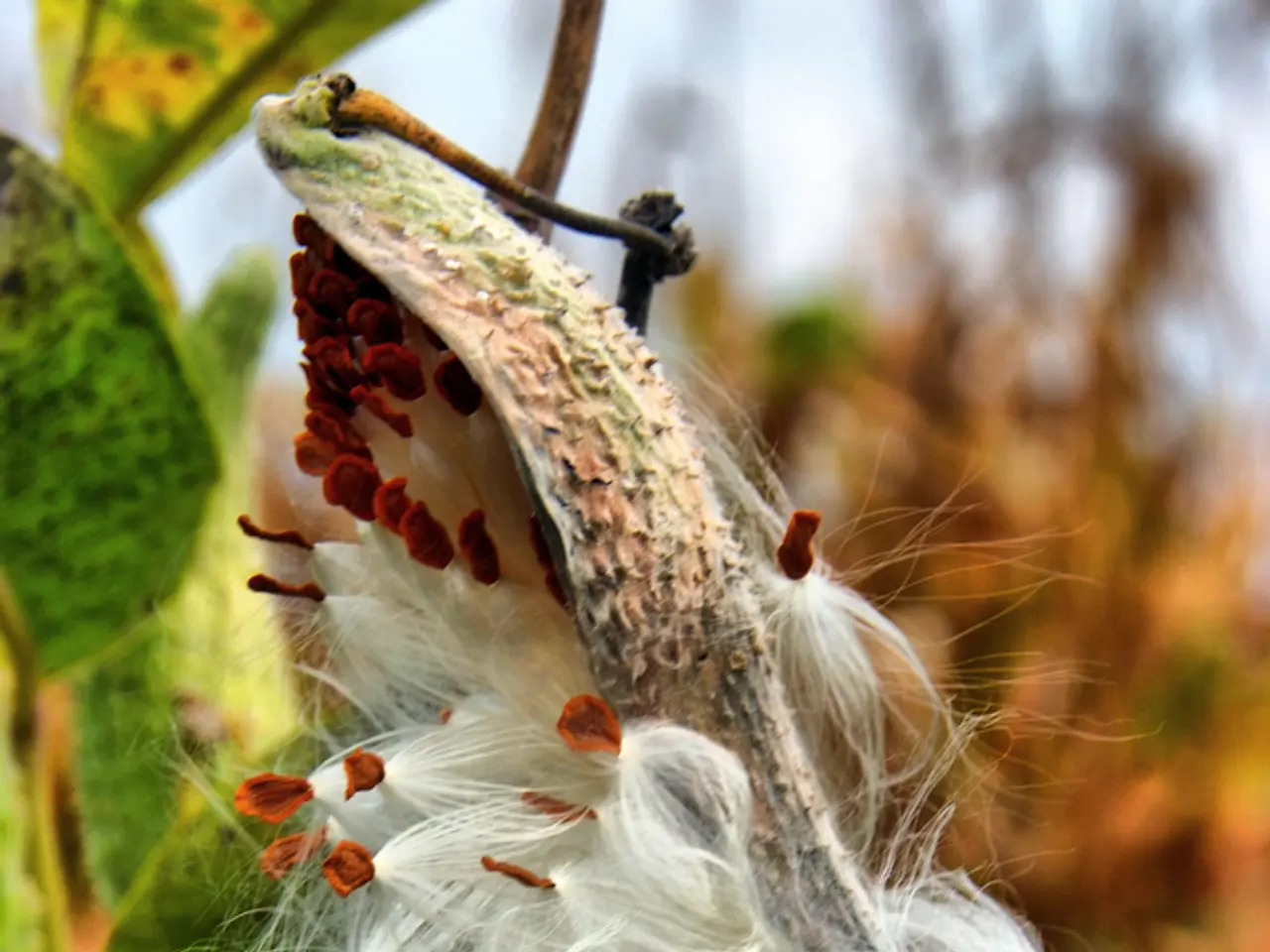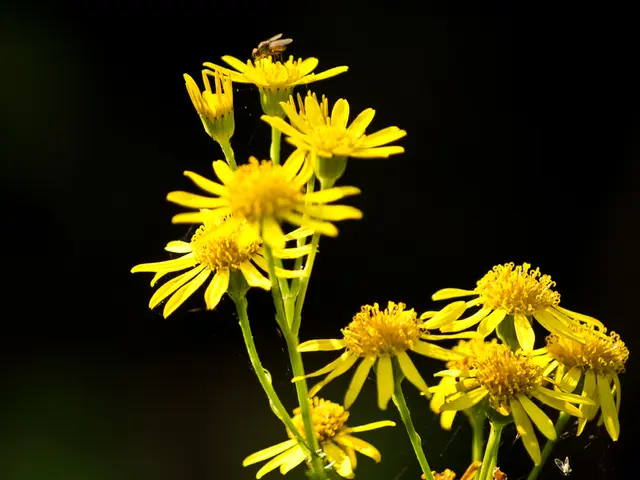Exploring the Versatile Nature of Sphagnum Moss: A Look into Its Many Uses in the Natural World
In the world of gardening and horticulture, two materials have gained prominence as essential components in creating the perfect growing environment: Sphagnum moss and Peat moss. While they may seem similar, these two substances have distinct differences in origin, uses, and sustainability.
Sphagnum moss, a fresh and living material, is primarily harvested from various species of moss found in peat bogs. In contrast, Peat moss, or Sphagnum Peat Moss, is partially decomposed organic matter that has accumulated over time in waterlogged peat bogs.
Sphagnum moss is mainly used as a growing medium for seed starters, orchids, bonsai, and moisture-loving plants due to its fibrous, airy structure. This unique property allows it to maintain moisture and aeration in potting mixes, making it an ideal choice for plants that thrive in humid conditions. On the other hand, Peat moss is used predominantly as a soil amendment to improve soil structure, moisture retention, and root growth in gardens and potting soils.
When it comes to sustainability, Sphagnum moss is harvested from living moss, which can regenerate but requires careful management to avoid ecosystem damage. Peat moss, traditionally considered a non-renewable resource due to its slow formation rates, can be considered renewable with managed harvesting practices. These practices focus on extracting only the top layers to allow regeneration, ensuring the continued availability of this valuable resource while minimizing environmental impact.
The choice between Sphagnum moss and Peat moss often depends on the specific needs of the plants, the gardener's preferences, and concerns about sustainability. Sphagnum moss's fluffy texture allows for plenty of airflow and resists compaction, beneficial for healthy plant roots. However, its rapid draining of peat bogs for harvesting has led to environmental concerns, including ecosystem collapse and global warming.
In conclusion, Sphagnum moss is a versatile material used in horticulture for growing, attaching, and propagating plants, while Peat moss is primarily used as a soil conditioner to enhance garden soil. With careful management and sustainable harvesting practices, both materials can play a crucial role in maintaining healthy and thriving gardens.
Sphagnum moss is not only beneficial for gardening, but it also extends its use to different aspects of lifestyle, being popular in the world of fashion-and-beauty due to its ability to absorb excess moisture and keep skin fresh.
Apart from gardening and fashion, Sphagnum moss plays a role in food-and-drink industry as well. It is used as an additive in the brewing process to enhance beer's flavor and aroma, making it a key ingredient in carmelerized syrups and some wines.
For individuals who enjoy travel and exploration, the exotic, tropical plants grown with Sphagnum moss can evoke a sense of adventure and discovery when displayed in home-and-garden settings.
As a matter of fact, Sphagnum moss can serve as a suitable bedding for small pets, offering excellent moisture control and comfort. This versatile moss can cater to various interests, from gardening to fashion, food, travel, and even pets.




